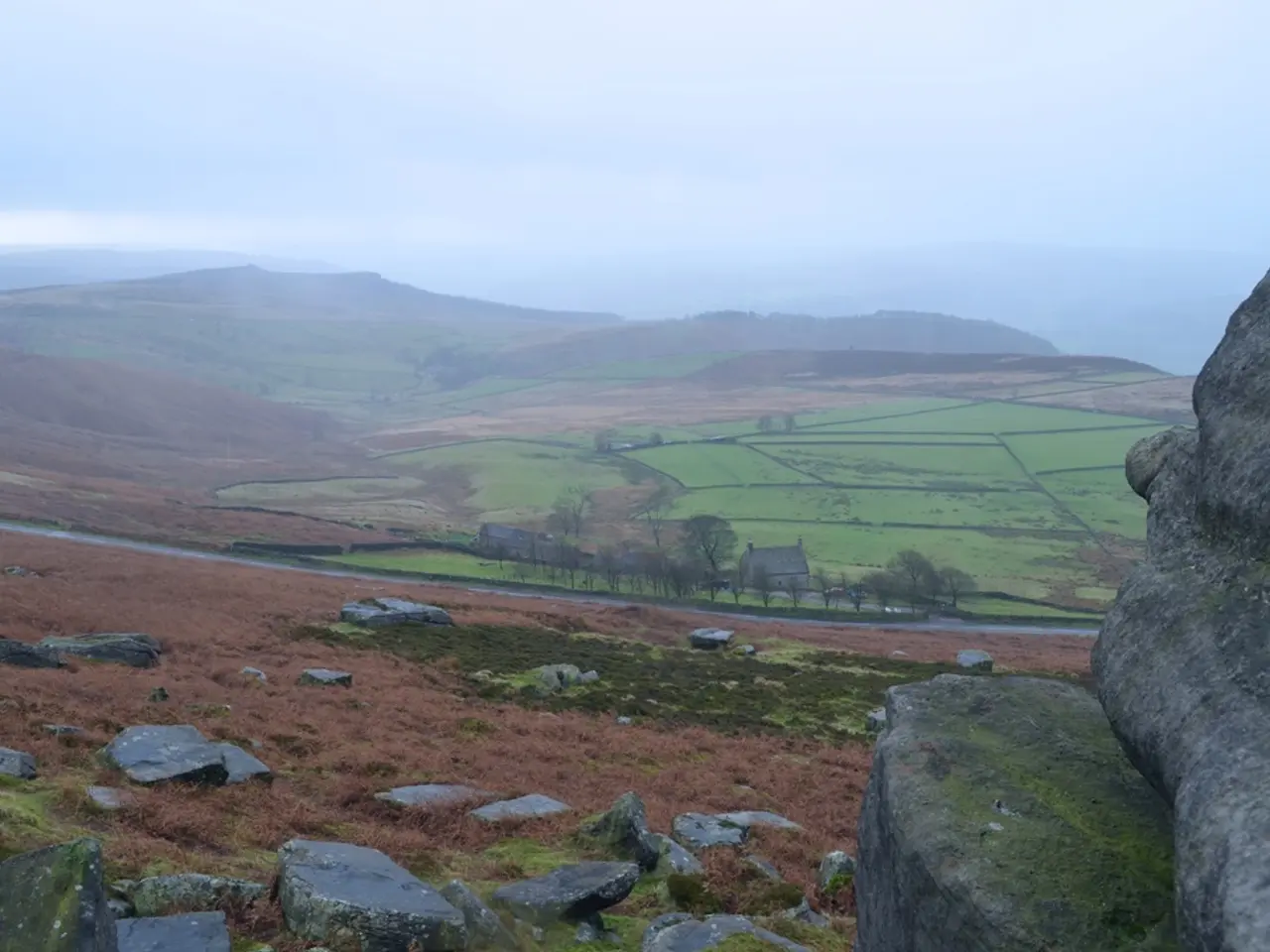Rivalry over essential minerals
In the global race for critical minerals, countries like China have heavily invested in mining across Africa, Central Asia, and Latin America, and have been building up their processing capabilities. However, resource-rich countries and regions often grapple with internal and external conflicts, a challenge that is particularly evident in the mineral-rich provinces of the Democratic Republic of the Congo (DRC), such as Katanga and North Kivu, which have long suffered from violence and lawlessness, fueled by neighbors such as Rwanda and Uganda.
The DRC, considered the "Saudi Arabia of critical minerals," has attracted interest from the European Union, but managing these resources comes with significant challenges. The "natural resource curse" is a well-documented phenomenon that includes corruption, conflict, governance weaknesses, economic dependency on a single resource, inequality, and economic distortions like Dutch disease. These challenges can cause economic stagnation, social tension, and political instability despite abundant natural wealth.
Dutch disease, for instance, occurs when resource booms cause currency appreciation, making other export sectors less competitive, reducing economic diversification. Governance and corruption can weaken accountability, concentrate power, and foster corruption. Economic volatility and over-optimism often lead to fiscal mismanagement and disappointing outcomes due to price volatility and delays in production. Conflict risks are also high, as unequal wealth distribution and competition for resource control can trigger or exacerbate conflicts.
To overcome these challenges and promote sustainable development, potential solutions include economic diversification, the establishment of sovereign wealth funds (SWFs), improved governance and transparency, prudent fiscal and monetary policies, and managing expectations and planning under uncertainty. Economic diversification involves investing resource revenues in other sectors to reduce vulnerability to commodity price swings and Dutch disease. SWFs can help smooth macroeconomic volatility, delay spending, and secure funds for future generations. Improved governance and transparency can strengthen institutions to combat corruption and ensure fair distribution of resource wealth for public benefit. Prudent fiscal and monetary policies can avoid inflation and economic overheating, supporting affected non-resource sectors. Managing expectations and planning under uncertainty can help avoid overoptimistic resource revenue projections and develop policies for the long term with contingency plans when private sector developments or prices underperform.
In the case of the DRC, the DRC-Rwanda peace agreement brokered by the Trump administration promises access to critical minerals to the US, in exchange for security guarantees. Meanwhile, the EU has sought mining contracts in the DRC, but strengthening local institutions is crucial for managing risks raised by resource extraction, including health and environmental damage, labor-rights violations, and child labor.
Elsewhere, countries like Botswana have sought to ensure that diamond cutting, not just mining, occurs domestically. In contrast, China currently controls an estimated 60-80% of the critical minerals needed for industry and the green transition. This control has led to calls for boycotts of critical minerals coming from conflict zones or countries using forced labor, which could convince multinationals and foreign governments to demand better enforcement of environmental and social standards.
In conclusion, for a country to translate its resource endowments into economic development and improvements in human well-being, both outward-facing and inward-facing institutions are critical. By coupling prudent macroeconomic management, strong governance, sovereign wealth funds, and economic diversification strategies, resource-rich developing countries can avoid the resource curse and transform natural resource wealth into broad-based economic development while minimizing conflict risks.
[1] Arezki, Rabah. (2016). The resource curse: Evidence, explanations, and policy implications. Oxford Review of Economic Policy, 32(1), 1-26. [2] van der Ploeg, Rick. (2016). Resource-rich countries and the resource curse: A review of the empirical evidence. World Development, 86, 92-109. [3] Sala-i-Martin, Xavier. (2014). The curse of natural resources: A review of the evidence. Journal of Economic Perspectives, 28(2), 213-230. [4] Auty, Robert M. (2009). The resource curse: A review. Journal of Economic Literature, 47(3), 707-753. [5] Kraay, Aart K. (2006). Natural resources and growth: A review of the evidence. Journal of Economic Literature, 44(1), 1-78.
- The DRC's rich biodiversity, a potential source of crucial minerals, faces threats from deforestation due to increased mining activities and weak governance, which can hinder sustainable development goals (SDGs) as economic growth may lead to carbon emissions and further environmental degradation.
- In the pursuit of carbon-neutral sports technologies, the demand for critical minerals is on the rise, raising concerns about their ethical sourcing, especially from regions with a history of deforestation and conflict related to mineral extraction. Implementing robust standards to address these issues is paramount to ensure a sustainable and responsible sports industry.








